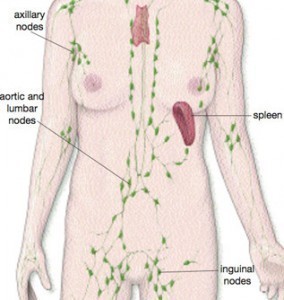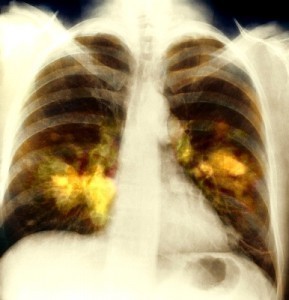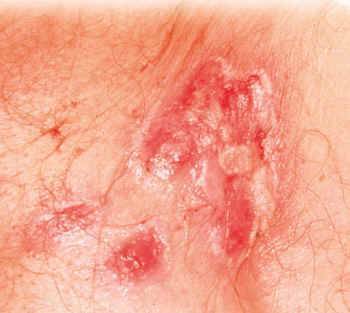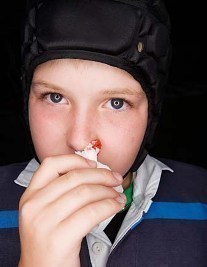15 Things You Can Do To Reduce Your Cancer Risk
Cancer is one of the leading causes of death in the world. It has somehow creeped into every heart and home. It has become so common that if you don’t have cancer personally, chances are that you know someone that does. For this reason, many people want to know what they can do to help reduce their risk of cancer. According to the American Cancer Society, genetics play a large roll in cancer diagnosis. However, one-third of cancer related deaths in the US alone are related to diet and activity factors and there are still many things that you can do to help reduce your chances of developing cancer. Listed below are several things designed to get you on the right track to a healthy and cancer free life.
 Photo by Subharnab
Photo by Subharnab
1. Stop using tobacco
This is the number one way to reduce your risk of cancer. Facts show that the long term effects for someone that cuts tobacco use out of their life reduces the risk of cancer with each day, month, and year. If you’re having trouble quitting, locate a support group or reach out to friends and family. It could save your life.






